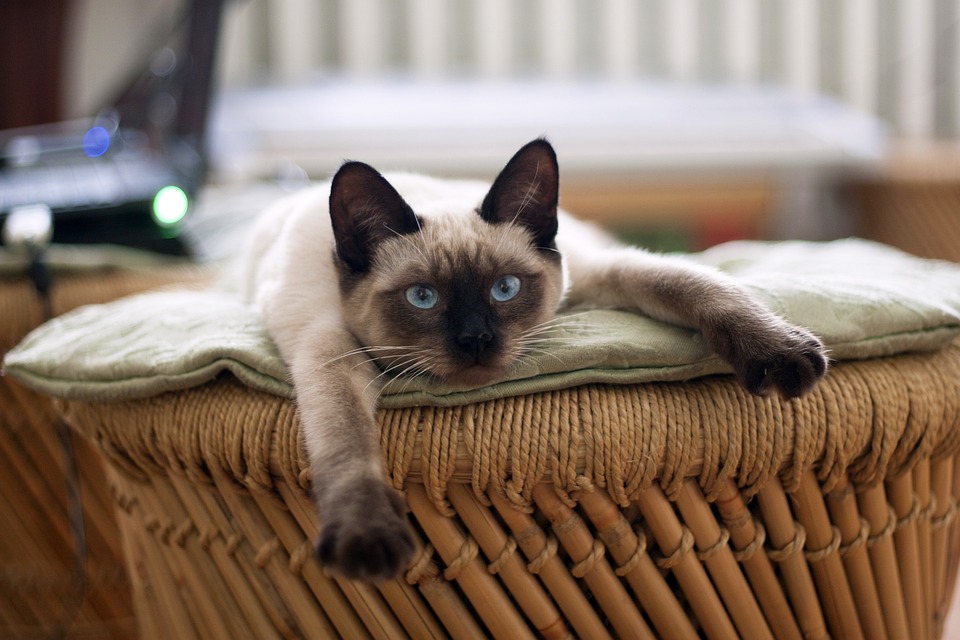Title: Scratching and Clawing: Why Cats Engage in Destructive Behavior and How to Redirect It
Introduction:
Understanding why cats engage in destructive scratching and clawing behavior is essential for maintaining a harmonious and cat-friendly home environment. In this article, we will delve into the reasons behind this behavior and provide effective strategies to redirect it. Additionally, we’ll address common questions cat owners have about this topic.
I. Understanding the Nature of Cats and their Need to Scratch
A. The instinctive behavior of scratching
Cats have an innate instinct to scratch, which is a natural behavior that serves various purposes.
B. The purpose behind scratching
Scratching helps cats stretch their muscles, maintain healthy claws, and mark their territory.
C. Benefits of scratching for cats
Regular scratching helps cats release stress, exercise their bodies, and maintain emotional well-being.
II. Reasons for Destructive Scratching and Clawing
A. Marking territory and communication
Cats use scratching as a way to mark their territory and communicate with other cats.
B. Stress relief and emotional well-being
Destructive scratching can be a sign of stress or anxiety, and cats may engage in it as a coping mechanism.
C. Physical exercise and stretching
If cats don’t have appropriate outlets for scratching, they may resort to destructive behavior to fulfill their exercise and stretching needs.
D. Maintaining healthy claws
Scratching helps cats shed old claw sheaths, keeping their claws in good condition.
III. Identifying Destructive Scratching Behavior
A. Signs of destructive scratching
Common signs include shredded furniture, visible claw marks, and damaged carpets or curtains.
B. Differentiating between normal and destructive scratching
Understanding the difference between normal scratching and destructive scratching is crucial for addressing the behavior effectively.
C. Common areas targeted for scratching
Cats often target furniture, walls, and door frames, as these surfaces provide a satisfying texture for scratching.
IV. Effective Strategies to Redirect Destructive Scratching
A. Provide appropriate scratching surfaces
Choosing the right scratching post or board, placing it strategically, and considering material preferences can encourage cats to use them instead of furniture.
B. Encourage positive scratching habits
Using catnip or pheromone sprays, reward-based training, and diverting attention to scratching alternatives can help establish positive scratching habits.
C. Deterrents and protective measures for furniture
Using sticky tapes, aluminum foil, double-sided tape, vinyl protectors, or scent-based deterrents can discourage cats from scratching furniture.
V. FAQ Section
Q1. How can I prevent my cat from scratching my furniture?
Q2. Are there specific materials that cats prefer for scratching surfaces?
Q3. My cat only scratches when I’m not home. What can I do?
Q4. Can I trim my cat’s claws to prevent destructive scratching?
Q5. Should I punish my cat for destructive scratching?
Conclusion:
Understanding why cats engage in destructive scratching behavior allows us to redirect it effectively. By providing appropriate scratching surfaces, encouraging positive habits, and implementing deterrents, we can preserve our furniture and promote our cats’ physical and emotional well-being. Remember, patience and consistency are key when redirecting this natural instinct of our feline companions.








